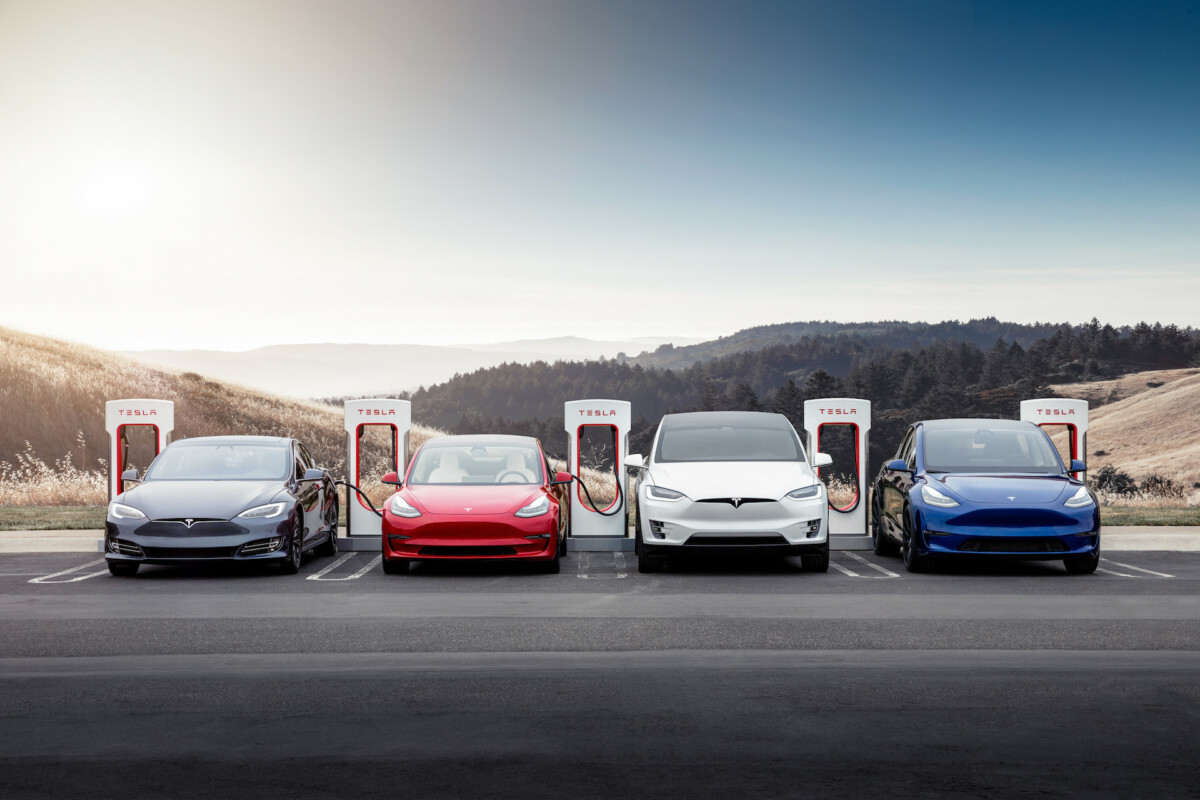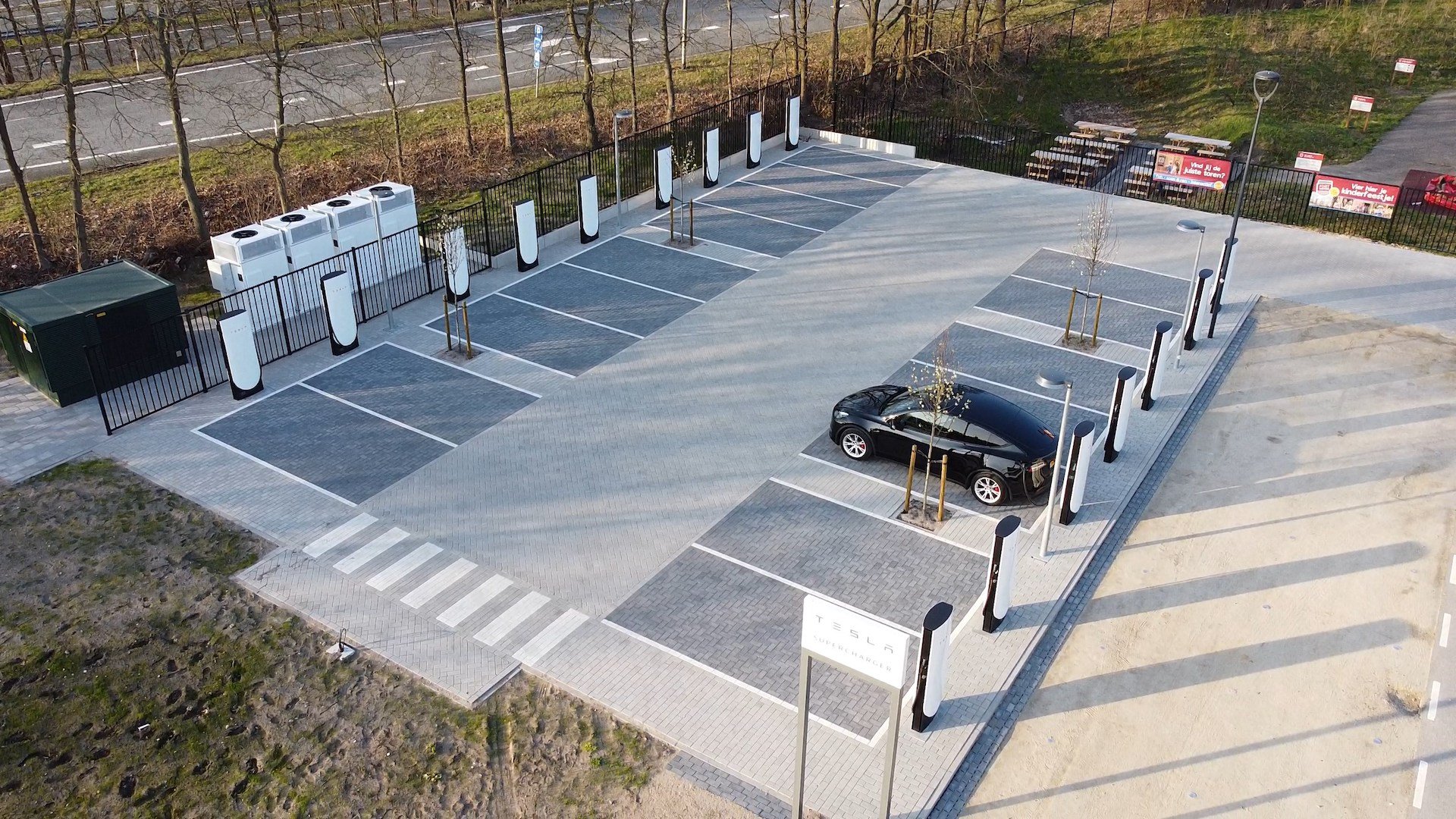After the unjustified occupancy fees, here are the congestion fees. On some Superchargers, it could cost you very much to “over” recharge your electric car. Explanations.
We talked to you about it a few weeks ago, then more precisely just a few days ago, and it’s now official: some Superchargers will charge a lot of money for recharges that exceed 90% battery. For the moment, this only concerns the United States, but there is a good chance that this policy will be deployed elsewhere in the world.
In practice, you would have to pay up to a dollar per minute spent charging if the car battery is more than 90% battery. But fortunately, these are only certain situations, and not a general case.
Tesla has officially announced the arrival of congestion fees for charges beyond a certain threshold when several conditions are met.
When do congestion charges apply?
First of all, the Supercharger in question must be designated as having congestion charges (this is decided by Tesla), and your battery must be above the threshold determined by Tesla (90% currently). In addition to this, the Supercharger must be busy at the time you are charging, with no further details on the occupancy rate at this time.
Indeed, if it seems unreasonable to block a fast charging station for more than an hour while people are queuing to charge, it remains acceptable if there are only a few terminals occupied.

Congestion charges, where they exist, replace unjustified occupancy charges, which are currently one euro per minute for a connected Tesla that is no longer charging. This therefore amounts to moving these costs, since they will start once 90% battery is reached (again, in certain circumstances described above only, and not systematically).
Tesla specifies on its American site that the charges only start after a period of 5 minutes, which allows two things:
- grab a few extra battery points (Between 2 and 4% in 5 minutes) without having to pay congestion charges
- charge up to 100% without congestion charges, even if it means unplugging and reconnecting your car every 5 minutes
It now remains to verify that the Superchargers which apply this policy will not prevent certain vehicles (we are thinking in particular of the first Tesla Model S with a 60 kWh battery, or the Tesla Model 3 SR+ with a 50 kWh battery) which would have really need 100% battery to travel in correct conditions.
The end of an era ?
For over 10 years now, some Tesla drivers have been enjoying free and unlimited Supercharging with Tesla Model S, Model X, and even Model 3 Performance in the United States. In Europe, only certain Model S and Model X sold until 2020 benefit from this significant advantage.
For all these vehicles, the Supercharger charge up to 100% (even if the last 10 to 20% are very slow)is not a problem for owners who often do not hesitate to go to the Supercharger near their place of residence rather than charging at home.
Unfortunately for the latter, we may have to start changing the way we do things.
